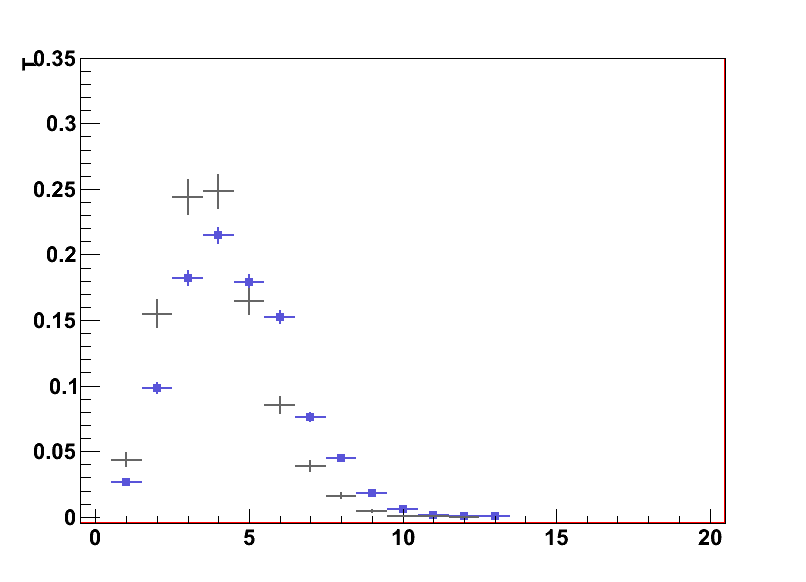Hello,
I have a TF1 function with 9 free parameter I know that you can
obtain the function value in one point simply asking
func->Eval(x) where x is the point where I want to know the function value
is there anyway to obtain the error on that function in that point.
I know that I can do that manually using the covariance matrix and the derivative of the function
respect to my parameters but I have some problem and since my function has 9 parameters I would be very happy if there is a simpler way
Valentina
